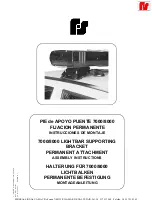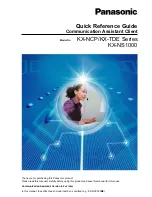
E3X-N
L
A-197
E3X-NL
Optical Fiber Glossy Object Sensor
E3X-NL
Utilization lightwave technology has inno-
vated glossiness detection. OMRON's
glossy object sensor can discriminate a
wide variety of glossiness differences. The
fiber-optic system has achieved the small,
non-contact models.
Features
Employs OMRON's unique FAO (Free Angle Optics)
technology which enables delicate sensing of object
glossiness without influence from colors and patterns.
Transparent films on boxes and labels on transparent films
can be detected.
The teaching system ensures easy adjust-
ment just by pressing the button.
Two different types of fiber heads meet a wide range
of applications.
Two different fiber heads are available.
According to applications, you can choose the short-distance,
small spot type ideal for detection of small objects or the long-
distance type that can perform in-line standard detection.
Adopts the pulse-ON system that is insensi-
tive to disturbance light
The emitter (red LED) in the fiber head uses a pulse-ON
system to minimize the influence of disturbance light. The
Sensor provides stable sensing characteristics if disturbance
light occurs from fluorescent lamps in-line.
●
Adjustment man-hour saving
type requiring only a one-time
pressing of the button
●
Teaching system only re-
quires to push the button, en-
suring sensitivity adjustment
without individual differences.
Long-range
Short-range small spot
Short-distance, small spot type
Long-distance type
Ideal for precision detection
and small object detection.
E32-S15L-1/-2
Resistant to object shake and
enables in-line standard detec-
tion.
20 ± 7 mm
E32-S15-1/-2
10 ± 3 mm
Small spot in 2 mm dia.
Amplifier Units
E3X-NL11




























